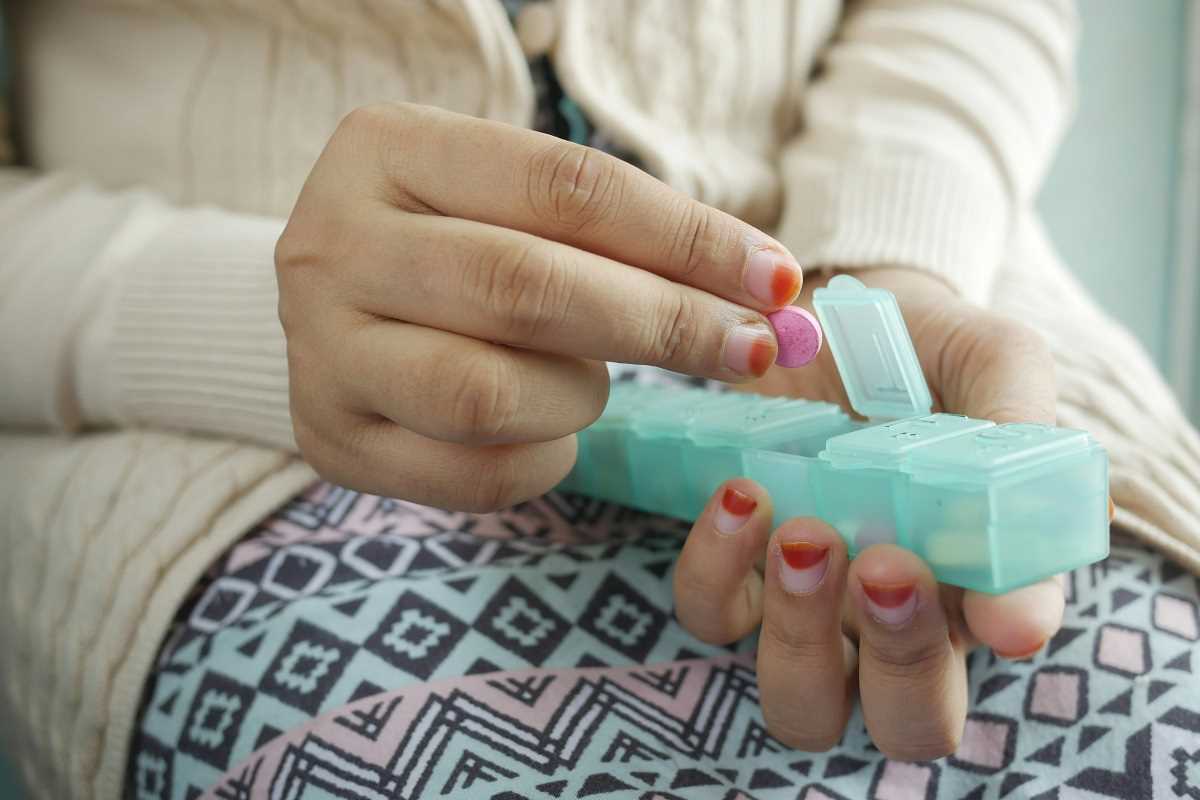Imagine a world without long waiting lists for organ transplants. Every patient in need could receive a perfectly matched organ quickly, eliminating the stress of finding donors and the risks of organ rejection. It sounds like something out of science fiction, but advances in 3D printing technology are bringing us closer to making this vision a reality.
3D printing, also known as additive manufacturing, is revolutionizing numerous fields, and medicine is no exception. Among its most groundbreaking applications is the potential to "print" fully functional human organs, like the heart, for transplantation. But how exactly does this work, and what are the implications for the future of healthcare?
How 3D Printing Works in Organ Transplantation
To understand how you might print a new heart, it’s essential to first grasp the basics of 3D printing in medicine. Traditional 3D printing involves creating objects layer by layer based on a digital model. When it comes to organ transplantation, the process takes a more advanced turn with bioprinting.
What Is Bioprinting?
Bioprinting is a specialized form of 3D printing that uses "bioinks" to create structures made of living cells. Here’s how it works in the context of organ transplantation:
- Digital Modeling: First, doctors create a highly detailed 3D model of the organ needed, often based on medical imaging like CT or MRI scans.
- Bioink Preparation: Bioinks are made from a mixture of living cells and supportive biomaterials that help maintain the structure and functionality of the printed tissue.
- Layer-by-Layer Printing: Layer by layer, the bioprinter builds the organ using precise instructions from the digital blueprint. The bioink hardens or stabilizes as the structure takes shape.
- Maturation Phase: After printing, the organ is placed in a specialized environment where it can mature and become fully functional, mimicking how organs naturally develop in the body.
While printing small tissues and cartilage is already achievable, creating a fully functional, complex organ like the heart represents a far more ambitious challenge. The heart’s intricate network of blood vessels, valves, and chambers requires extreme precision and robust bioprinting technologies.
Benefits of 3D Printing in Organ Transplants
Despite the current hurdles, the application of 3D printing in organ transplantation holds enormous potential to transform healthcare. Here are some of the most significant benefits:
Solving Organ Shortages
One of the most pressing problems in modern medicine is the shortage of donor organs. According to global health organizations, thousands of people die each year while waiting for an organ transplant. 3D printing could provide a sustainable solution by manufacturing organs on demand, effectively addressing the gap between supply and demand.
Improved Transplant Compatibility
A common complication in transplants is organ rejection, which occurs when the recipient’s immune system attacks the donor organ as a foreign object. This often requires patients to take lifelong immunosuppressive drugs, which can have serious side effects.
Bioprinting offers the unique advantage of creating organs using a patient’s own cells, which can be grown in the bioink. Tailoring organs to match the recipient’s biology minimizes the risk of rejection and eliminates the need for immunosuppressants.
Personalization of Treatment
Every patient is different, and so are their medical needs. 3D printing makes it possible to customize organs to a patient’s exact specifications. For instance, if someone needs a specific modification to their heart to address a congenital defect, a bioprinter can account for those needs and create a specialized organ.
Reduced Recovery Time
Because bioprinted organs can be designed with the recipient's unique anatomy and biology in mind, 3D-printed transplants may integrate more seamlessly into the body, potentially leading to faster recovery times and improved long-term outcomes.
Advancing Medical Research
Even before fully functional organs are widely available, 3D printing is already helping researchers study human diseases. By creating organ models, scientists can better understand how diseases progress and test new treatments in ways that traditional laboratory methods can't achieve.
Current Achievements in 3D-Printed Organs
While we’re not yet at the stage where you can order a custom heart from a lab, significant progress has been made in this field:
- Miniature Hearts: Scientists have successfully printed small-scale heart structures using living cells. These mini-hearts can’t pump blood like a full-sized heart but mimic some of the organ’s basic functions, providing a valuable tool for research.
- Vascular Networks: Researchers have developed methods for printing blood vessels, a critical step in making functional organs. Without vascularization, 3D-printed tissue cannot receive the nutrients and oxygen needed to survive.
- Other Tissues: Specialized tissues, such as skin grafts, cartilage, and even liver tissue, are already being used in a medical context, including for testing and surgical procedures.
These achievements may seem small compared to the goal of printing complex organs, but they represent important milestones in the evolution of bioprinting technologies.
Challenges in Bioprinting Organs
Despite its promise, bioprinting faces significant hurdles that researchers must overcome before 3D printing hearts and other organs becomes a widely available option.
Complexity of Organs
The human heart is an incredibly complex organ, with intricate networks of blood vessels, nerves, and muscle tissue that must work in perfect harmony. Replicating this complexity in a lab is extraordinarily difficult. While some simpler structures like cartilage are relatively straightforward to print, more advanced organs require breakthroughs in both bioengineering and bioprinting technologies.
Material Limitations
Creating functional organs depends on advancements in bioink materials. Current bioinks struggle to fully mimic the mechanical properties and biological functions of human tissue. Developing bioinks that are strong, durable, and compatible with living cells remains a challenge.
Scalability
Producing a single 3D-printed heart is one thing; producing these organs on a large scale is another. To meet clinical demands, researchers must develop scalable processes that remain cost-effective and high-quality.
Long-Term Viability
Even if we successfully print a heart, maintaining its functionality over time is another critical consideration. Organs must withstand the wear and tear of a living body, possibly for decades. Ensuring long-term durability, proper integration into the body, and reliable functionality is a formidable challenge.
Ethical Considerations
The development of 3D-printed organs also raises important ethical questions that need to be addressed:
Accessibility and Equity
Who will have access to 3D-printed organs once they become available? Without careful planning, this technology could widen the gap between those who can afford cutting-edge treatments and those who cannot. Ensuring equitable access will be key to using bioprinting responsibly.
Potential for Misuse
3D printing has the potential to disrupt the current landscape of organ transplantation, but it also comes with risks. Could the ability to create organs on demand pave the way for unethical practices, such as black-market printing or unregulated procedures? Strict oversight and ethical guidelines will be essential.
Implications for the Organ Donation System
If we succeed in printing organs on a wide scale, where does this leave traditional organ donation? While this might alleviate donor shortages, it could also impact the delicate moral and emotional considerations tied to organ donation, both for donors and recipients.
The Road Ahead
3D printing a heart may not be a reality today, but the foundations are being laid. Advances in bioprinting technology, coupled with ongoing innovation in bioinks, vascularization, and tissue engineering, bring us closer every day. Beyond hearts, this technology could transform healthcare by addressing organ shortages, reducing patient suffering, and improving the overall quality of care.
It will likely be years, if not decades, before fully functional printed organs become a standard treatment option. However, the progress made so far reinforces the promise of this technology. By addressing technical, practical, and ethical challenges head-on, we can unlock the full potential of 3D-printed organs, reshaping medicine and saving countless lives.
The question isn’t whether we can print a new heart. It’s when.
.jpg) (Image source: Midjourney)
(Image source: Midjourney) 





